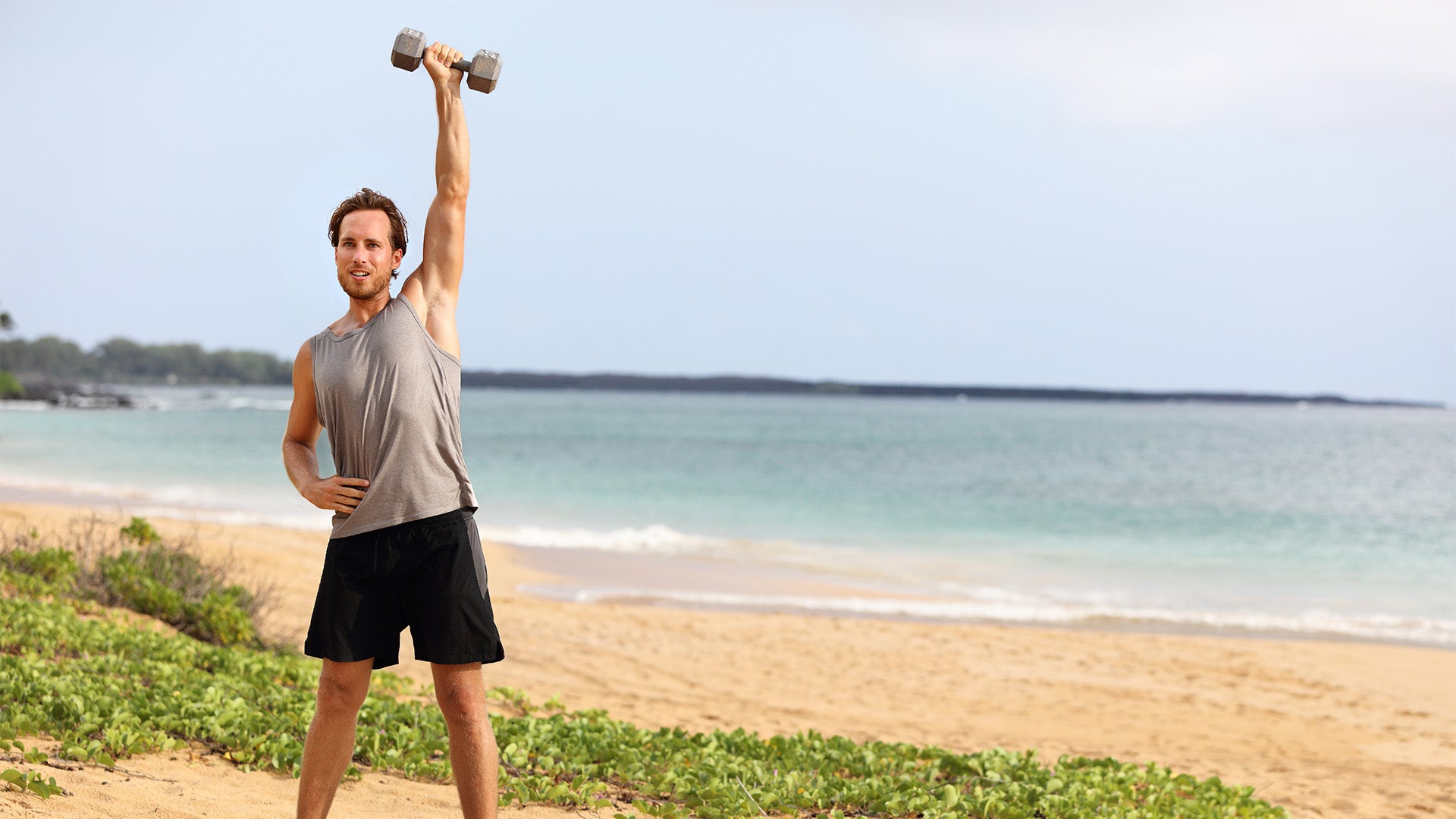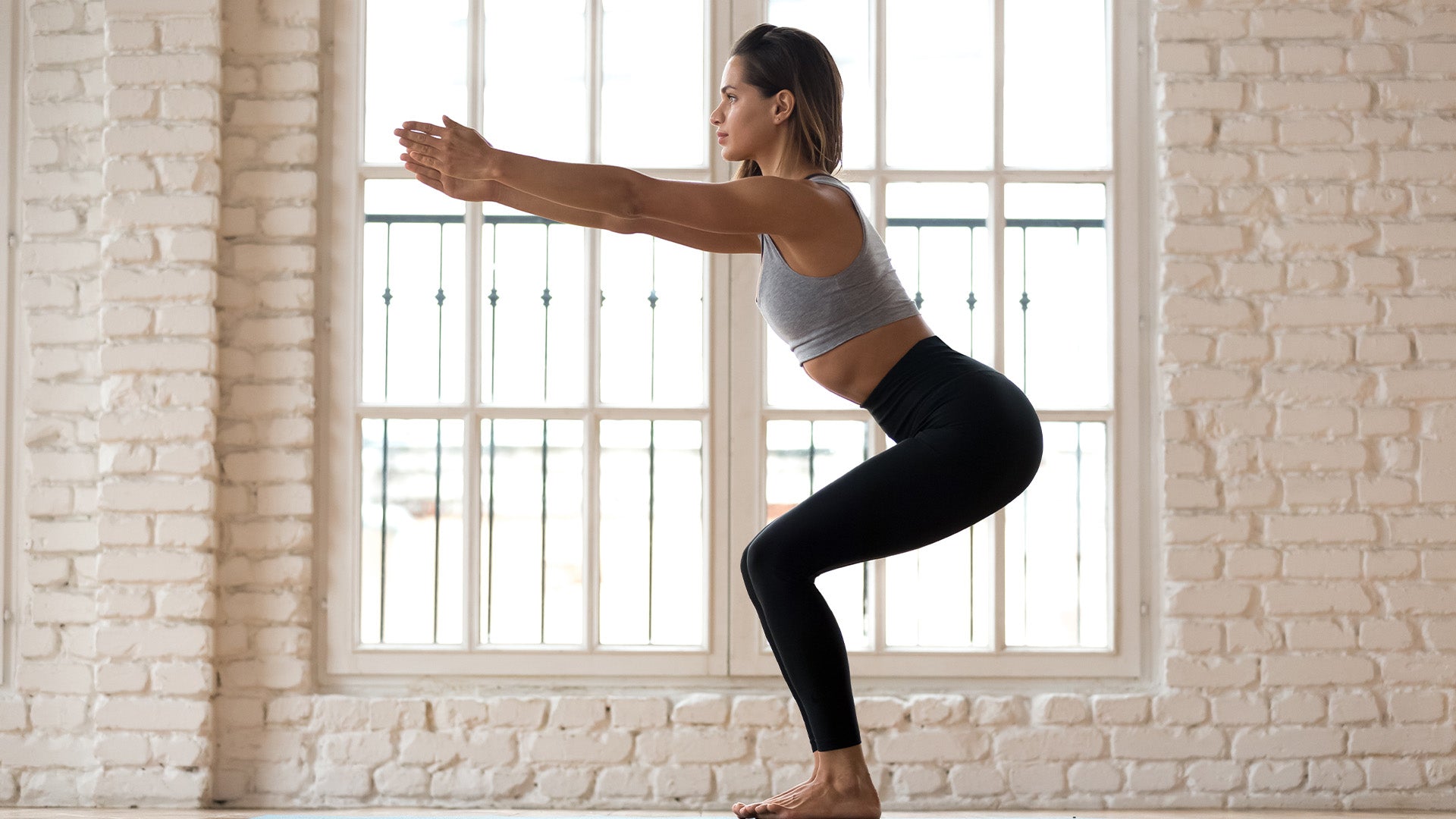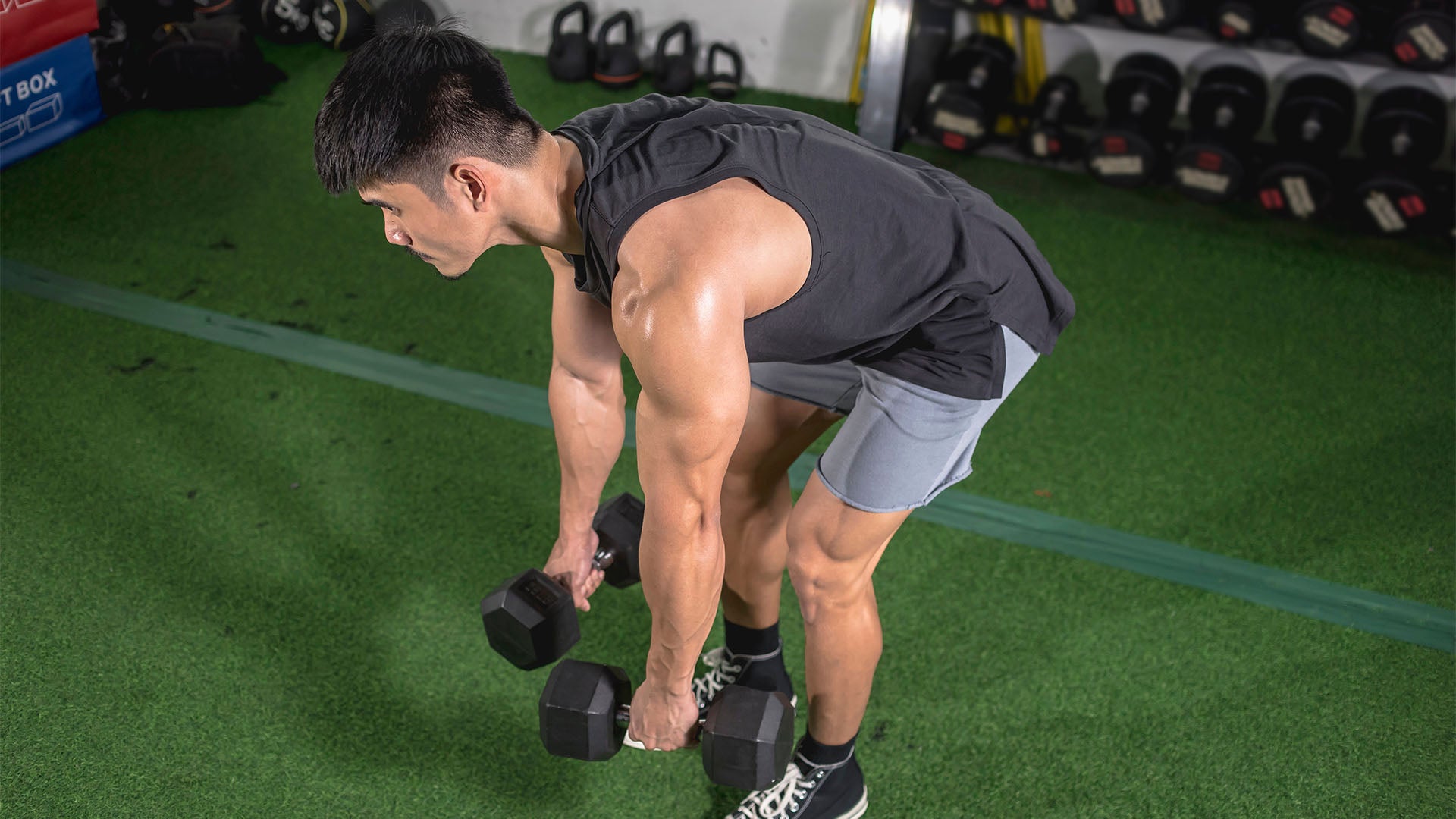Unlike basketball or football, there’s a lot of downtime in baseball, where you might be resting or waiting for the next move. But when it’s time to put the work in, baseball requires more explosiveness and power than pretty much any sport.
Baseball players require speed, agility, coordination, and strength to perform their jobs well. Here are some of the best baseball workouts to get stronger and play better than ever before.
What Should Baseball Players Focus on When Training?
Baseball is an upper-body-heavy sport, but there’s still plenty of running involved. A training program with a mix of upper body strength combined with cardiovascular conditioning is typically the way to go if you want to get better on the diamond and aim for the MLB.
But almost every movement in a game of baseball comes from the shoulders. From pitching to throwing from the outfield to swinging the bat – there’s a lot of strain placed on the deltoids throughout a game. For that reason, focusing your training on this muscle group can help you become a more complete player.
1. Aerobic Conditioning
Baseball players don’t necessarily need a lot of cardio endurance because you don’t spend long efforts with your heart rate up. In a game, you might run to a base or two, but then you’ll be able to rest until the next play. For that reason, cardio training for baseball players should focus on interval training.
Interval training is the practice of getting your heart rate up for all-out efforts, followed by a brief period of rest. The goal of interval training is to raise your heart rate and lower it quickly, conditioning your body to recover faster so you can get back into the action without feeling fatigued.
Treadmill interval training is a classic that can directly translate to baseball. Sprint for 20 seconds, and then rest for 20 seconds. Over time, ramp up the working effort but keep the recovery the same to teach your body to recover more quickly. This mimics the action of running to a base, resting a bit, and then running to the next one after your teammate lines one into the outfield.
You can do high-intensity interval training (HIIT) off the treadmill as well. Incorporating movements like high knees, ball slams, Heisman’s, and mountain climbers within short bursts of effort followed by a rest period can accomplish the same cardio conditioning, but it’s a little more exciting than just running on a treadmill.
2. Weight Training Exercises for Baseball Players
Cardio conditioning is important to be able to quickly maneuver around the field in a game, but strength training is just as important to be able to throw the ball further or improve your bat speed and swing with more explosive power.
Dumbbell Thrusters

Power exercises are important to baseball players, especially since the sport requires explosive movements. When doing strength exercises during your offseason, try to use as many power moves as possible for maximum improvements on the field.
Thrusters are a full-body exercise emphasizing the quads, glutes, and shoulder muscles. These are some of the primary muscles you’d be using in a given game of baseball anyway, so it’s a great exercise to incorporate. Plus, it will get your heart rate up and burn calories as you do it.
For thrusters, it’s essentially a combination movement between a squat and an overhead shoulder press. Hold the dumbbells up at your shoulders, squat down and engage the core, then press through the floor to return to standing. In one fluid motion, press the dumbbells up toward the ceiling. Bring them back down and repeat.
You can use heavier weights here, too, since most of the power will drive through the legs. This move can also work to prevent shoulder injury by strengthening the deltoid muscles.
External Rotations
One of the most common baseball injuries occurs in the rotator cuff. Your rotator cuff is a group of muscles surrounding the shoulder joint, keeping it in the shoulder socket. You can injure your rotator cuff from swinging a bat too hard to throwing a ball too hard on a pitch.
External rotations are a great exercise to strengthen the rotator cuff and prevent injury in the future. The best way to do these is with cables — and Speede adapts to you as you move to make your workout even more effective.
When doing rotator cuff exercises, the goal isn’t necessarily to load up as heavy of a weight as possible. These exercises are purely meant to improve mobility within this portion of the shoulder.
Reverse Lunge Twists
When you throw the ball, your shoulders aren’t the only muscle at risk for injury. Your entire body is rotating, and it’s entirely possible to strain your obliques or lower back from the sharp movements.
Doing reverse lunge twists has the dual benefit of improving your lower body strength in your quads, hamstrings, and glutes while also giving some love to your obliques. Practicing this twisting motion can also reduce the risk of injury when you’re swinging the bat in the future.
Split Squat

Hip stability and balance are super important for baseball players, especially if you’re a pitcher. You need to make sure that you’re able to maintain your equilibrium when throwing the ball and spending time on one leg. Split squats can do that with ease.
Split squats are similar to lunges, but instead of moving forward, you’re simply bringing your body down to the floor. Take a staggered stance with one foot slightly back behind the other, then drop the knees down to the floor. Hold dumbbells down at your sides or a barbell around the shoulders.
You can also do this by placing your back leg on a bench. This is called a Bulgarian split squat, and it’s even more effective at working the quads and glutes than a traditional split squat.
Medicine Ball Rotational Throw
It’s not just about reducing injury at the hips and spine when you’re pitching or batting – it’s also about improving your ability to release powerful energy from the hips. Medicine ball throws are an explosive movement that closely resembles the same moves you’d be doing on the field.
To do this, you’ll stand with a wall at your side. Take a medicine ball held at waist level and then throw it forcefully at the wall, rotating your hips. Catch the ball with your hands, and then repeat the movement for the specified number of reps.
These are similar to woodchoppers, the only difference is that these focus on building power rather than building strength.
Bent Over Rows

Having a strong back is essential for baseball athletes for a few reasons. For one, the muscles in the back are used when pitching and batting. But when catching a ball, having a strong back can reduce the impact and force that is placed on your body when retrieving balls at high speeds.
When performing bent-over rows in your training session, think about bringing your elbows up towards your waistline and squeezing the shoulder blades at the top of the movement. Keep the hips back, chest proud, and chin up.
The issue with bent-over rows is that you start to exert less muscle force at the bottom of the movement compared to the top. This is called the strength curve, and it happens when muscles exert different amounts of force at different joint angles. But you can eliminate this by switching up your equipment.
Speede uses AI technology to adjust to your body’s strength curve, giving you the perfect amount of resistance at every portion of the movement. It means that you’ll be able to get stronger in just a fraction of the time compared to traditional training. Whether you’re hoping to improve your range of motion, strengthen your throwing arm, or improve your core strength, Speede can help you do just that and more.
Book a demo today to feel the difference for yourself.
In Conclusion
Baseball players have some of the most unique training needs of any sport purely because of the ways in which the game switches between periods of work and rest. That’s why training with aerobic exercises and a good mix of strength exercises is essential. And focusing efforts on exercises that work the shoulders and lower body are great ways to improve your game.
But if you feel like you’re hitting a wall, it might just be the equipment you’re using. Amp up your training with Speede – it’s built for athletes like you, but it’s easy enough to be used any anyone. Try it out today.
Sources:
Shoulder Injuries in the Throwing Athlete – OrthoInfo | AAOS
Deltoid Muscles: What Are They, Anatomy, Location & Function | Cleveland Clinic
Baseball-related Shoulder Injuries | Johns Hopkins Department of Orthopaedic Surgery

